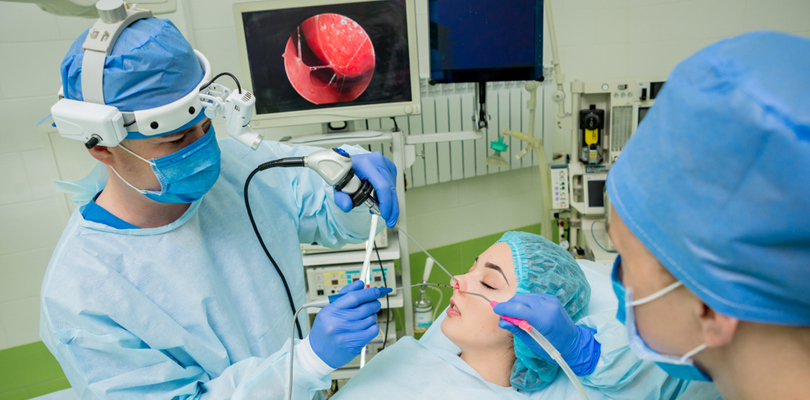- Email Id drshiblee1211@gmail.com
- Call Now +91 7715911686

During an endoscopy, the doctor inserts an instrument called an endoscope into the human body. Most endoscopes are thin tubes with a powerful light and a small camera at the end.
The length and flexibility of the endoscope depends on which part of the body the doctor needs to examine.
For example, with a straight endoscope the doctor can examine the joints. With a flexible endoscope, on the other hand, the doctor can examine the inside of the large intestine.
Other equipment used during Best Endoscopy Surgery in jogeshwari
An endoscope usually has a channel through which the doctor can insert instruments. These instruments are used to remove tissue or administer treatment.
Types of instruments include:early detection and prevention of cancer. For example, doctors use a type of endoscopy called a colonoscopy to check for colon cancer. During a colonoscopy, the doctor may remove growths called polyps. If polyps are not removed, they can develop into cancer.
To diagnose the disease or find the cause of the symptoms. The type of endoscopy your doctor recommends depends on what part of your body you want to examine.
For treatment. Doctors use Best Endoscopy Surgery in jogeshwari for some types of treatment.
Treatments in which an endoscope Surgery in jogeshwari may be used include:Best Endoscopy Surgery in jogeshwari is a procedure that allows a doctor to look inside a person's body. Doctors use it to diagnose diseases in the following parts of the body
Your healthcare team will give you detailed instructions on how to prepare before your appointment. For example, you should take the following precautions:
Do not eat or drink anything a few hours before the procedure.
Stop taking blood thinners a few days before the procedure. This will reduce the risk of bleeding. Ask your doctor which medicines you should stop taking. And ask when you should start taking your medicines again.
Take a laxative or do an enema to remove stool from your intestines. This is only necessary for some types of endoscopy.
Insurance, costs and approval. Check with your health insurance company before going to the doctor to find out what costs are covered. Find out how much you have to pay. When you go to the doctor's office or hospital, you will be asked to sign a consent form. This form will state that you must sign the following
After the procedureAfter the Best Endoscopy Surgery in jogeshwari you will rest in a recovery room. You may have mild side effects. Side effects depend on the type of endoscopy and may include pain, dry throat or gas and bloating.
Depending on the type of anesthesia, you may be taken home.
What might I expect when I go home? Problems after endoscopy are rare, but can still occur. These include a hole or tear in the examination site, bleeding or infection.
If you experience any of these symptoms, contact your doctor immediately:Copyright 2023 Dr. Shiblee Sabir Siddiqui.